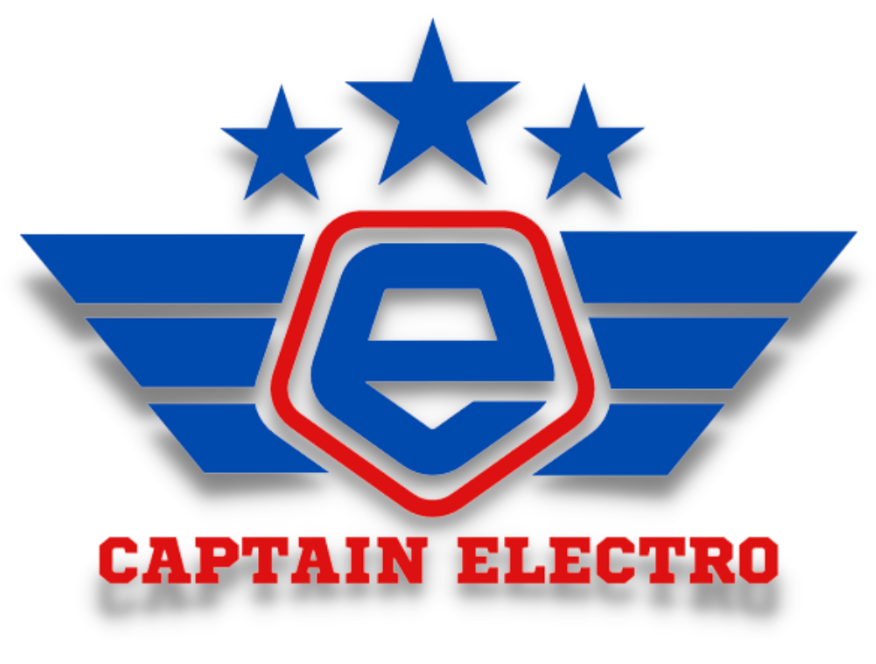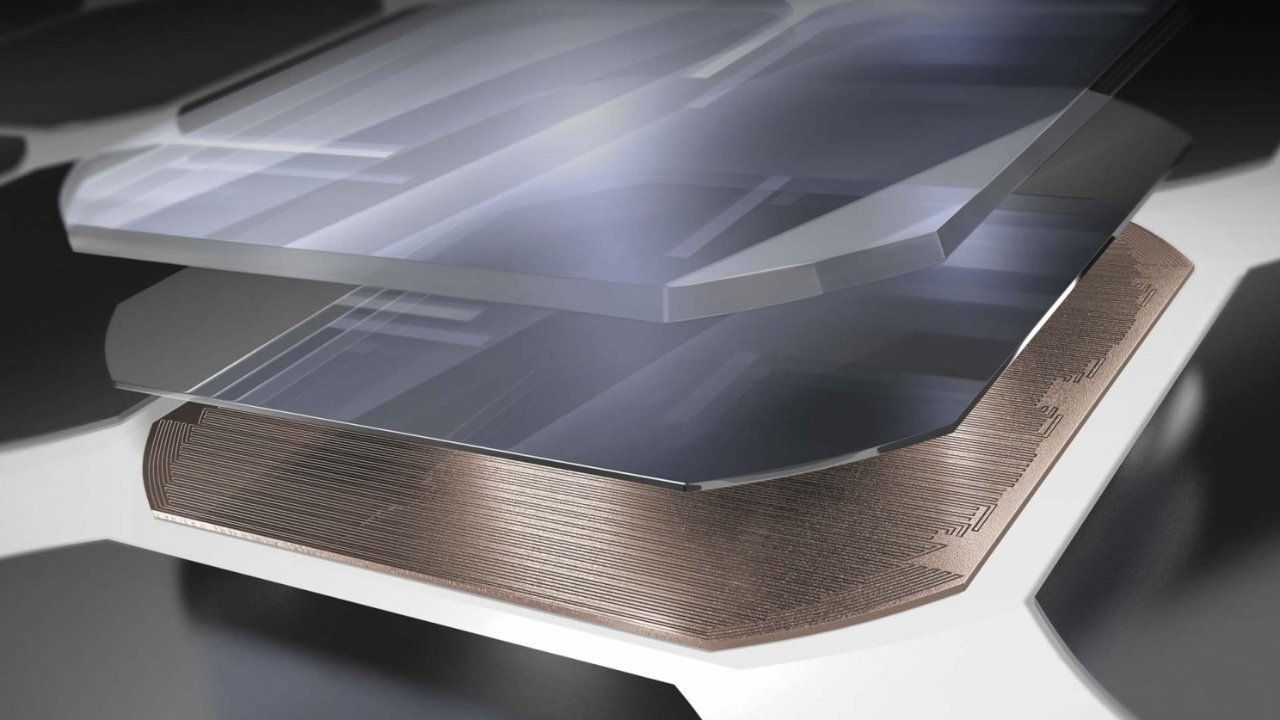Sunreef's Solar-Powered Palaces Now Come with Added Brains and Fewer Emissions
Image Credit: Sunreef Yachts.
Right, another day, another contraption claiming to be the bee's knees of electric propulsion. Sunreef Yachts, you say? Based in Poland and… Dubai? A rather glamorous commute for the workforce, I must admit. They're touting the "Solar Skin 3.0" as a "visionary leap." Right then, let's see if this leap is more of a gentle hop over a puddle or something that actually clears the garden fence.
I know - this isn't strictly an electric vessel, but here's the thing: If it can generate enough electricity, it can be used to power its electric motors, right? Plus, I have a very soft spot for everything powered by wind, even if it is bigger than my entire house. The idea of crossing oceans thanks to the power of wind and sun is pure magic, and Sunreef Yachts are simply a bunch of wizards creating mythical creatures that can circumnavigate our little planet. At least in my mind, that is.
For two decades, these folks have been tinkering away, obsessed with sticking solar panels on things that float. First a 74-foot catamaran with a flybridge – sounds like a posh garden shed with sails, doesn't it? But electric? Now, that's a thought. They've been churning out these eco-friendly sailboats and massive electric catamarans, some stretching up to a hundred feet! Makes you wonder how many extension cords you'd need for the Christmas lights.
Image Credit: Sunreef Yachts.
Anyhow, now they're patting themselves on the back for the latest solar skin – the third iteration, no less. Apparently, their "Solar Skin 2.0" was already the cat's pajamas for efficiency and not melting in the sun. These solar cells can handle over 212 degrees Fahrenheit and survive being flexed 20,000 times without cracking. That's more durable than my last attempt at flat-pack furniture.
But version 3.0 is here to save the polar bears - even more! Sunreef has "further optimized" it for better efficiency and more range. Because running out of juice halfway across the Atlantic in your floating palace would be a tad inconvenient. They're claiming it's got the "maximum efficiency for silicon cells." Bold words, chaps, bold words.
And here's where it gets a bit… clever, perhaps? Sunreef slapped some AI into the mix. Artificial intelligence decides where the sunbeams land best. If you get one of those floating palaces, you'll have a tiny digital sun-worshipper onboard, constantly fiddling with the solar panel output to avoid those pesky shadows from the mast and sails. This brainy bit of kit uses real-time data from their yachts bobbing about in the Mediterranean, Caribbean, and… Dubai. Must be some cracking data from there.
Image Credit: Sunreef Yachts.
Their CTO, Mr. Nicolas Lapp, was rather enthusiastic talking about machine learning algorithms and continuously refining panel placement. Each panel, he says, is a "smart unit," dynamically adjusting its electrical output. Even in the winter months! Now, that's a surprise - I always thought the sun took a rather long holiday during winter, especially in places that aren't exactly known for their tropical climate.
Sunreef even stuck some "next-generation photovoltaic cells" on the bimini tops – those sunshade things. Apparently, these are specially designed to suck up energy even when it's a bit gloomy. So, even when the sun's playing hide-and-seek behind a cloud, you're still getting a trickle of power. Marvellous.
We have had the solar panels around for what? Thirty-odd years? It took some entrepreneurial Pols to figure out that they could power more than just a kettle and lights on a boat. And they took the whole idea to another level, essentially making the boats out of solar panels. Almost every inch of available surface is covered in solar cells, making sure nothing, not even the slightest reflection of the sun, goes to waste. You'd be surprised how much energy can be harvested from the sun reflecting off the sea surface.
Image Credit: Sunreef Yachts.
The Sunreef yachts use "intelligent yield optimization," which sounds rather impressive. The system uses algorithms to adjust the electrical outputs in real time, especially useful when you're sailing through a shady patch. No more sudden power drops just because a pesky cloud decided to photobomb your solar party.
Of course, all this fancy technology and luxurious floating gin palaces come at a price. We're not talking pocket change here. Expect a starting figure well into the millions of good old American dollars – enough to buy a very nice collection of classic cars. But then again, if you're in the market for a yacht that's longer than a cricket pitch, you're probably not too worried about the electricity bill.
Sunreef's Solar Skin 3.0. Is it a "visionary leap"? Perhaps a rather well-executed skip. They've clearly put a lot of serious thought and presumably a mountain of cash into making these electric yachts more viable. And while the idea of AI-powered solar panels sounds like something straight out of the latest sci-fi series, if it means you can cruise the high seas on pure sunshine, then who am I to scoff? Progress, eh? It keeps the world turning, and apparently, the propellers too.




